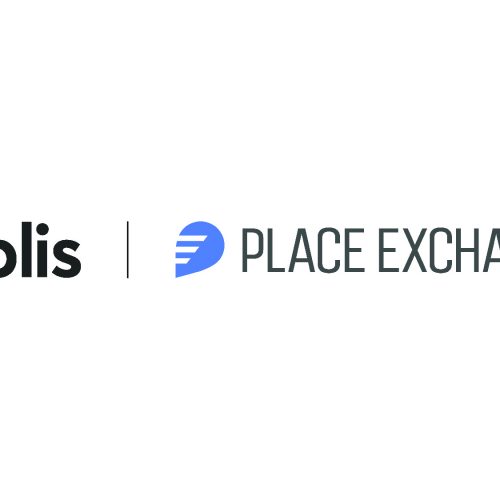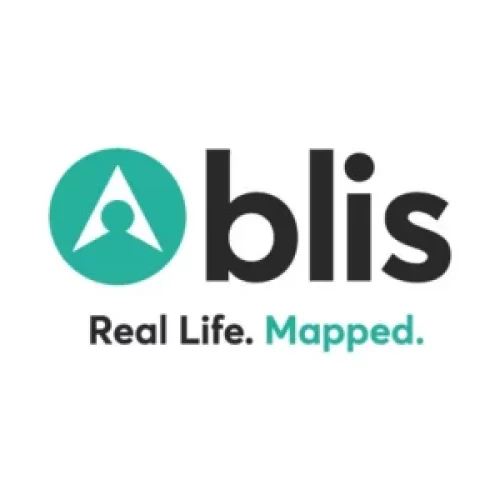2017 saw three interesting developments gain steam: locational intelligence, the cost-per-visit (CPV) model, and the emergence of blockchain. According to one expert, these three elements will have a big impact on marketers through 2018, as well.
First, blockchain. This new tool allows marketers to book, buy, and place digital ads in a secure and transparent marketplace. The key is integrating blockchain in a timely manner.
“With blockchain, the end-to-end processes of booking, buying, and placing digital ad space will be recorded and stored. And because all these transactions would be available to the public and verified by common consensus, blockchain will help bring about greater transparency and end ad fraud. Integrating blockchain technology into our existing advertising ecosystems will take time. Larger players will take longer to adapt, and organizations from across the industry will need to come together and agree on a common set of standards. We’ll see more and more startups adopting the technology, and the IAB and other industry bodies will begin setting some key standards. Within five years, the ad industry will transition into using blockchain as a transaction leger. And within a decade, we’ll likely see it become a new industry standard. It’s time for brands and their tech partners to prepare,” said Gil Larsen, VP of Americas, Blis.
Another trend marketers need to prep for starting now is the cost-per-visit (CPV) model. This allows marketers to only pay for ads when consumers who have been exposed to the ad visit a specific location. This can increase foot traffic and boost sales, but also has the potential to increase brand trust, says Larsen.
“We’ll see CPV continue to gain momentum as the metric of choice for marketers looking to drive in-store traffic.. Tech partners will need to abandon click-based measurement schemes and work towards building more honest and transparent relationships with advertisers to compete. Value will be an increasingly important topic in 2018, and of course the best way to address it is to put your money where your mouth is,” said Larsen.
Also on the ad front: location intelligence. Location data is not new to digital marketers, but in the past most have focused on proximity, hoping to bring customers within a one or two mile radius into a specific store. As location data has matured, however, marketers are seeing new uses for this type of data.
“By analyzing historical location data and detailed behavioral patterns, brands are gaining comprehensive insights into consumer preferences and habits–information that can be used to craft hyper-targeted campaigns. For instance, if a consumer visits a Whole Foods a few times a week, a brand can safely assume the consumer is health conscious with regard to food choice,” said Larsen. “And let’s say three days a week after work, the consumer visits the local yoga studio. Now, the brand knows this nutrition focused individual is also a yogi. All these details in a consumer’s profile and lifestyle can help brands inform when and where to serve ads for the best results. It’s brands that realize this potential and harness location intelligence as a campaign and wider business planning tool that will reap the rewards in 2018.”
Click here to read the original article.


